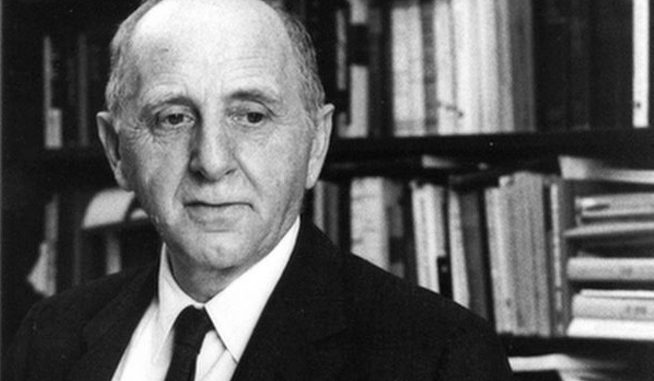
Simon Kuznets was an economist who made seminal contributions to the study of growth, development, inequality and economic history. He was awarded the Nobel prize in 1971. Today, he is probably best known for his work on economic inequality and development. In particular, he is remembered for the Kuznets Curve which is an ‘inverted-U’ shaped relationship between economic development and income inequality.
A new ESRC GPID Brief revisits Kuznets’ seminal work and argues that there is more depth and many more nuances and caveats than are often recognized in Kuznets’ work which nowadays tends to get reduced to his infamous curve.
Kuznets argued that the benefits of economic growth initially go to those with capital and education and income inequality rises in an upswing as labour migrates to urban areas.
Does this give politicians a license to sit back as inequality rises? The brief argues that Kuznets was, in fact, acutely aware of the importance of politics in contributing to the downswing of inequality.
Related readings:
| Briefing Paper 10 | Andy Sumner | Revisiting Kuznets: is rising inequality still inevitable during economic development? | 16/03/2018 |

